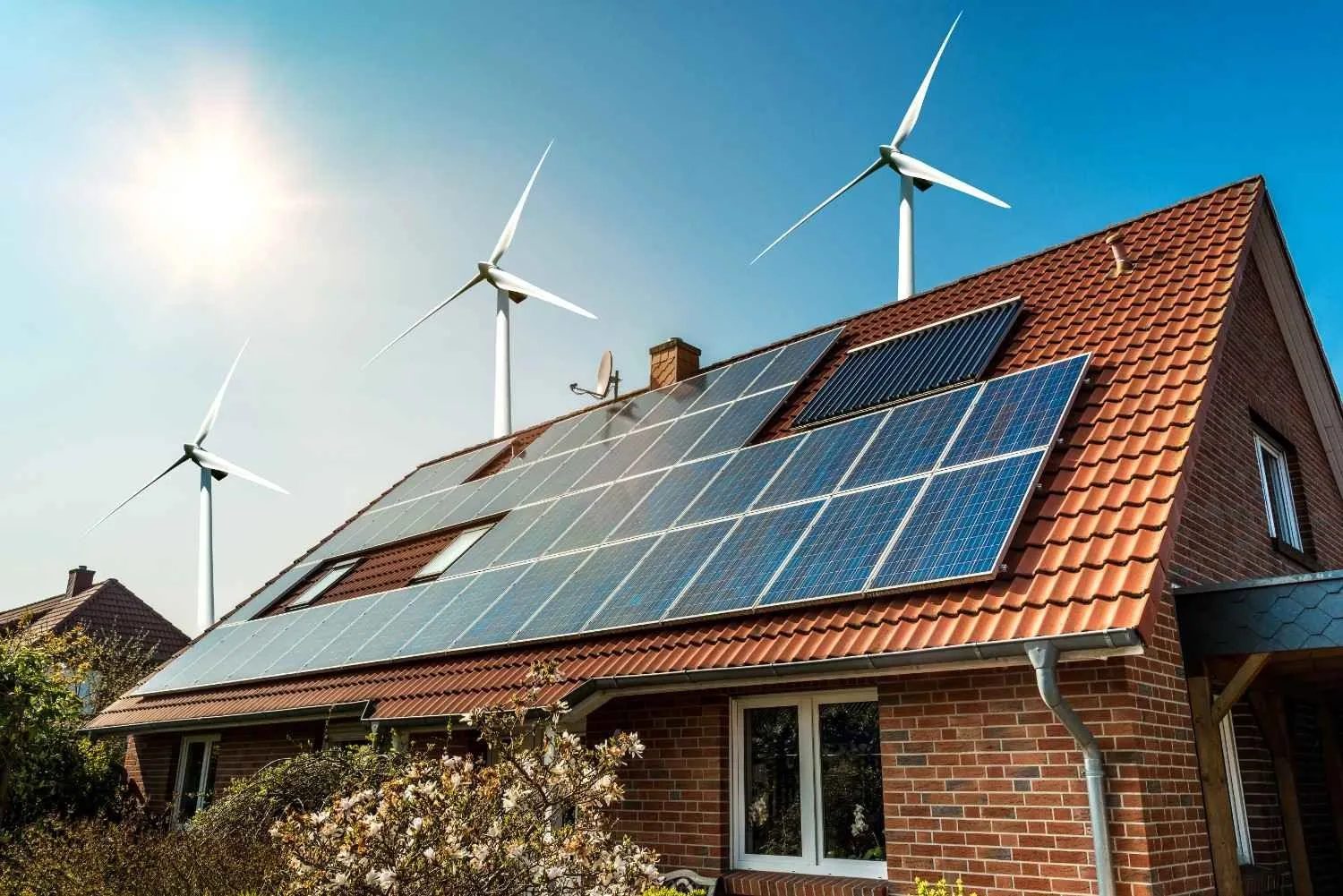Latest News
The UK’s Renewable Energy Drive: How 2025 Marks a Turning Point for Green Power

The United Kingdom’s transition to renewable energy has reached a pivotal moment in 2025. After years of incremental progress, new policy initiatives, corporate investments, and regional projects are accelerating the shift toward a cleaner, more sustainable energy future. From offshore wind to hydrogen innovation, London is positioning the UK as a leader in green energy transformation balancing environmental commitments with economic opportunity.
Offshore Wind and Energy Independence
The cornerstone of the UK’s green strategy remains its offshore wind expansion. According to the Department for Energy Security and Net Zero (DESNZ), the UK is set to generate 60% of its electricity from renewable sources by 2030, with offshore wind capacity expected to reach 80 GW.
Major projects in the North Sea, including the Dogger Bank Wind Farm now the world’s largest operational offshore wind site have attracted billions in investment from international firms. The 2025 completion of Dogger Bank’s third phase alone will provide enough power for six million homes, reducing reliance on natural gas imports and shielding consumers from global energy price fluctuations.
London-based financial institutions are playing a central role by underwriting green bonds and sustainability-linked loans that fund renewable infrastructure. This financial backing is key to achieving the UK’s goal of net-zero emissions by 2050 while keeping energy prices stable.
Hydrogen, Solar, and Emerging Technologies
Beyond wind, the UK is diversifying its renewable portfolio. The Hydrogen Investment Roadmap 2025 outlines over £10 billion in private and public funding for clean hydrogen production, with projects in Teesside, Humberside, and Scotland leading development. The government’s first Hydrogen Storage Auction aims to attract investors to long-term energy storage capacity, critical for balancing renewable output.
Solar energy is also regaining momentum, particularly in southern England, where commercial rooftops and industrial estates are being fitted with high-efficiency photovoltaic panels. Research partnerships between Imperial College London and industry leaders are advancing perovskite solar technologies, which promise higher energy yields at lower costs.
Meanwhile, startups in London’s cleantech ecosystem are focusing on innovations in battery recycling, carbon capture, and smart grid management. Venture capital investment in UK clean energy tech surpassed £2.3 billion in 2024, signaling strong confidence in sustainable innovation.
Policy, Public Support, and Future Outlook
The government’s 2025 Clean Energy Transition Plan has strengthened public and investor confidence by simplifying planning approvals for renewable projects and introducing tax reliefs for energy-efficient manufacturing. Public support remains robust a recent YouGov survey found that 78% of UK citizens favor increased government investment in green energy infrastructure.
However, challenges persist. Grid bottlenecks and planning delays continue to slow the connection of new renewable projects. Analysts argue that without faster infrastructure modernization, the UK risks falling behind the EU in renewable deployment efficiency.
Conclusion
2025 represents a major inflection point for the UK’s renewable energy journey. With record investment, ambitious policy support, and strong financial innovation led from London, the country is closer than ever to transforming its energy landscape. The challenge now lies in execution ensuring that ambition translates into affordable, reliable, and resilient green power for all.








